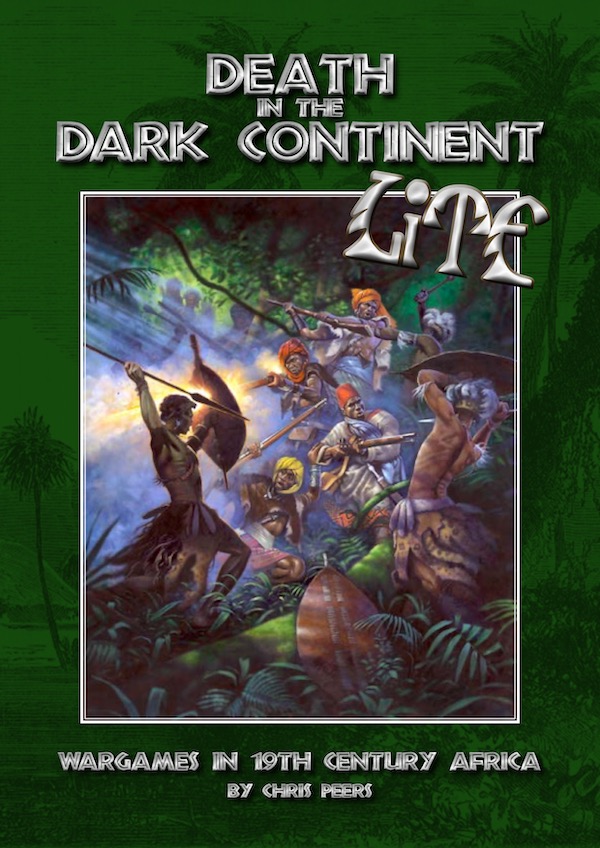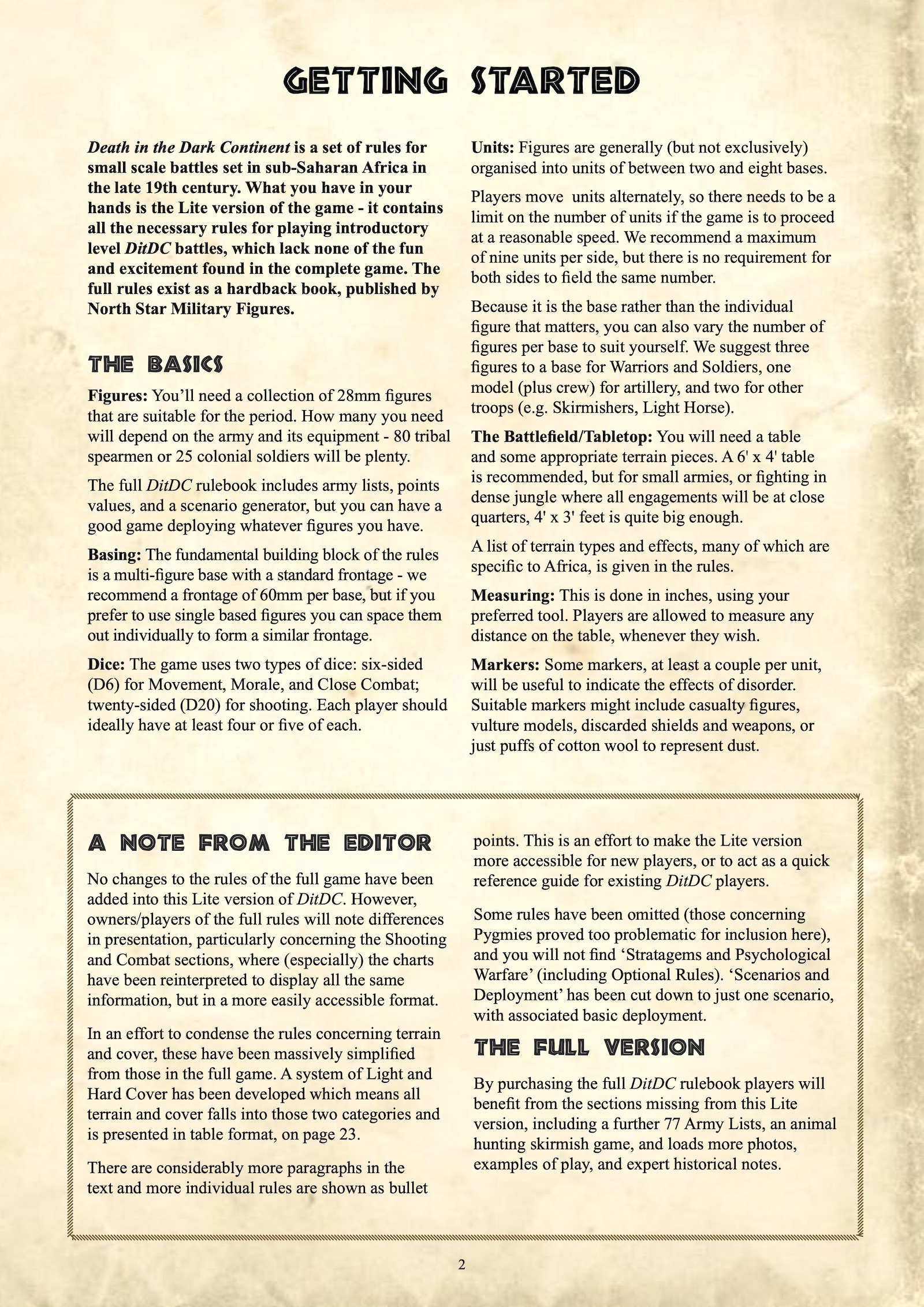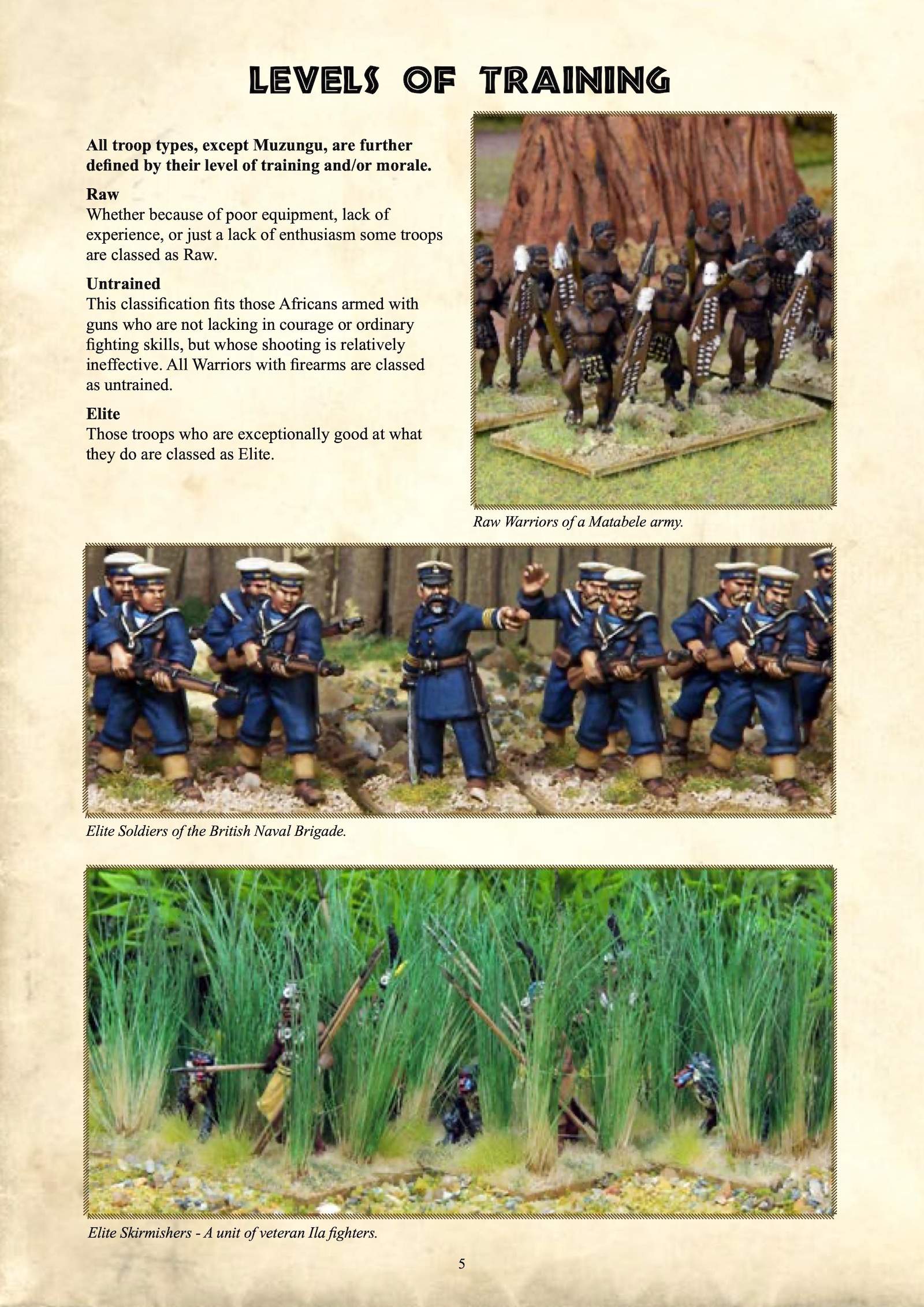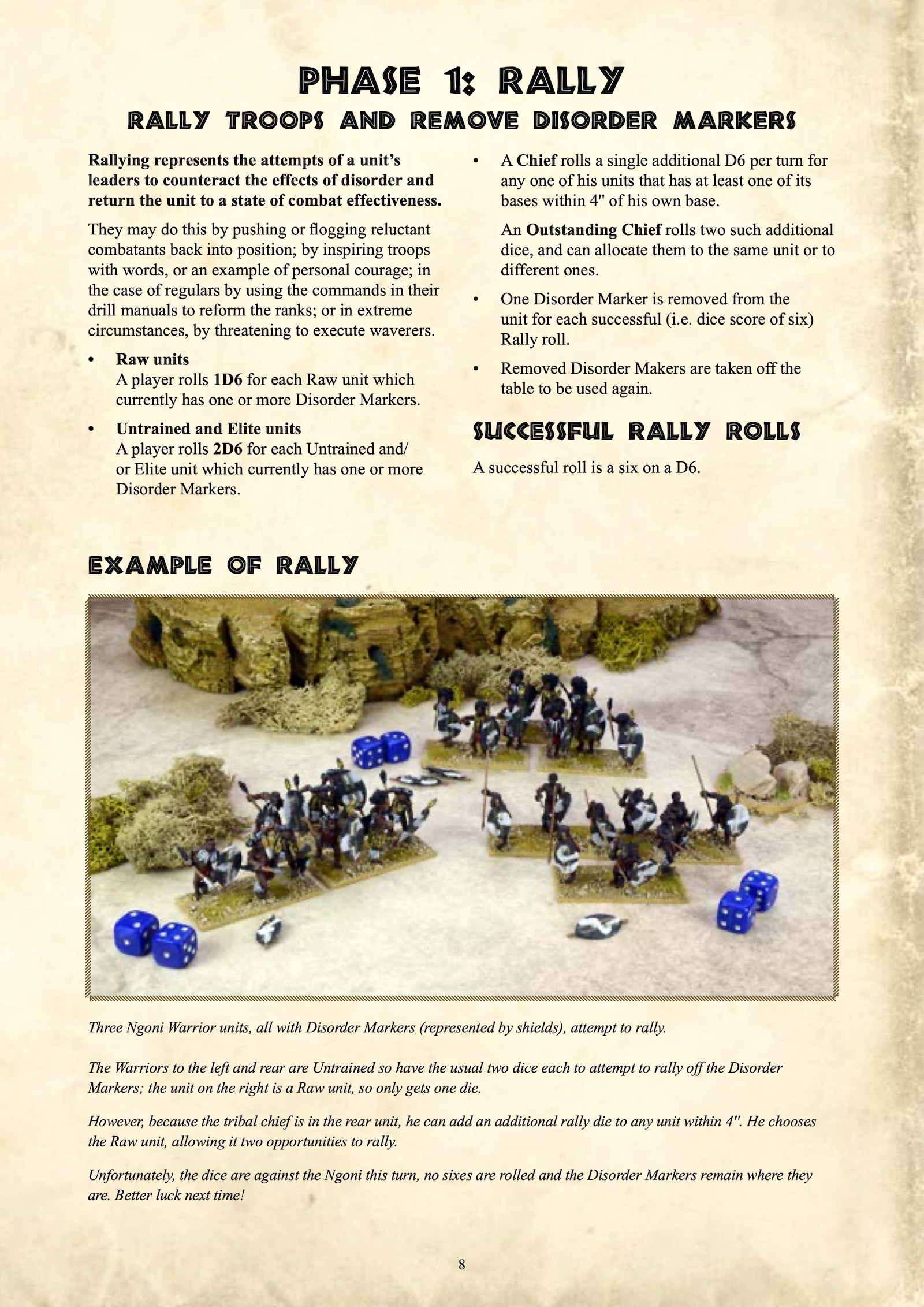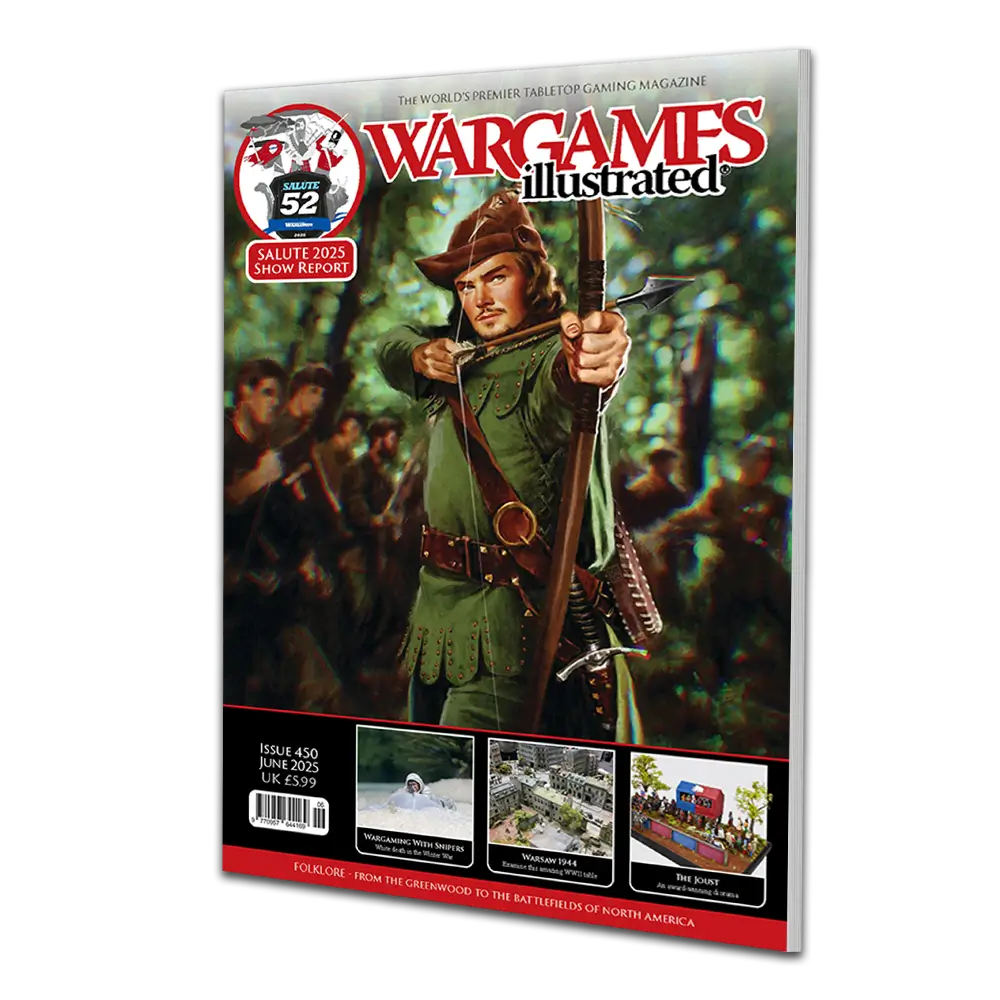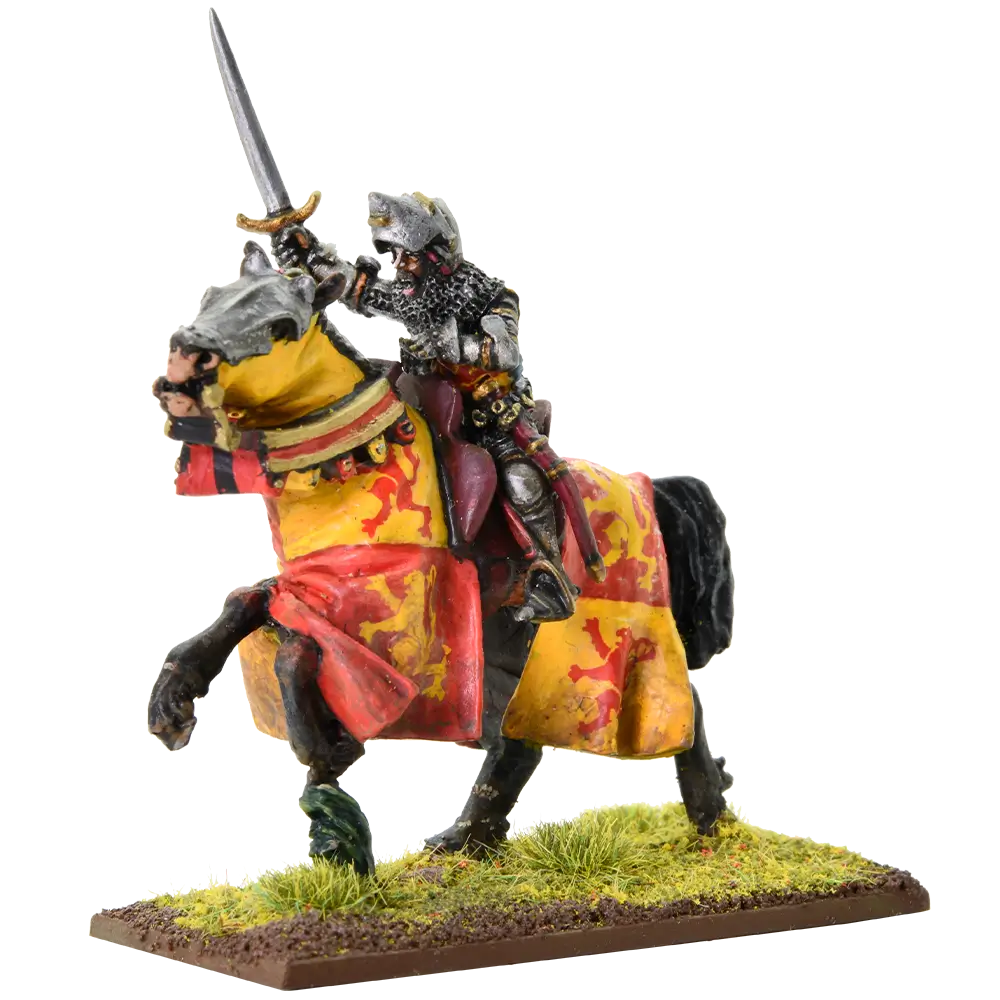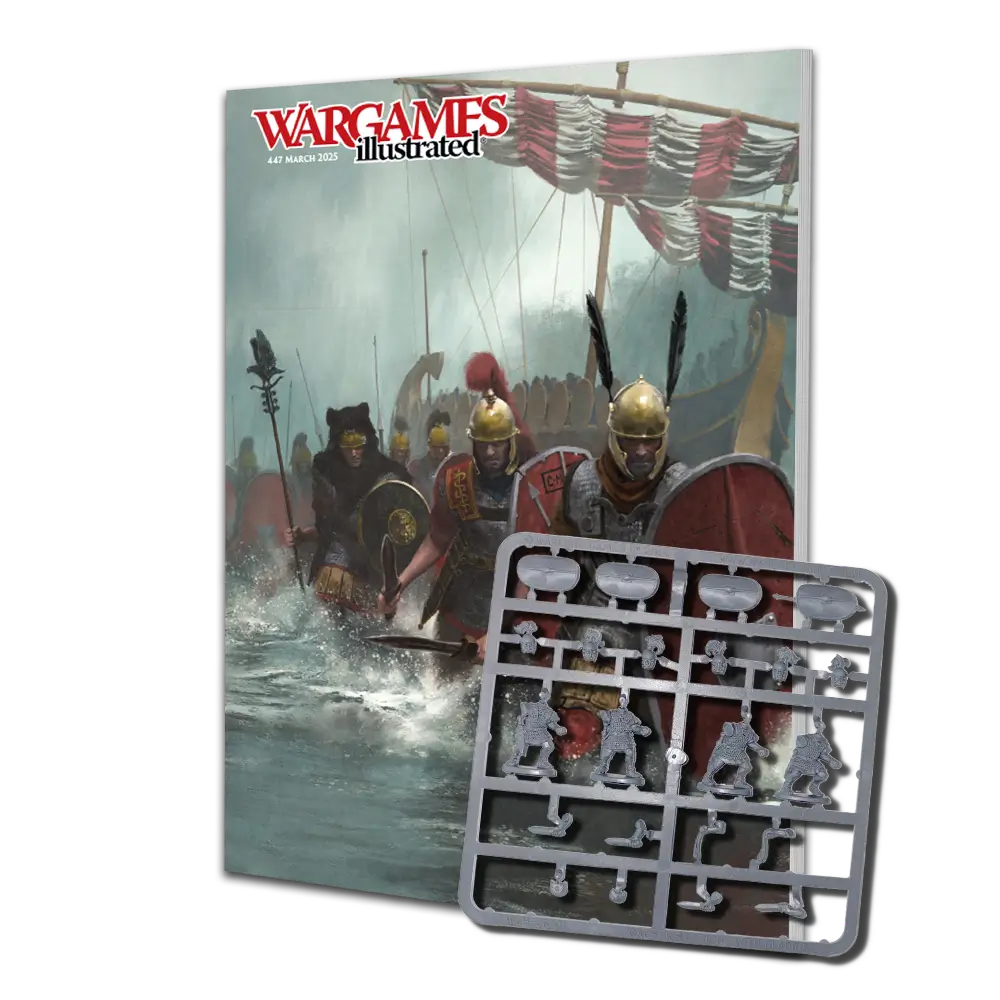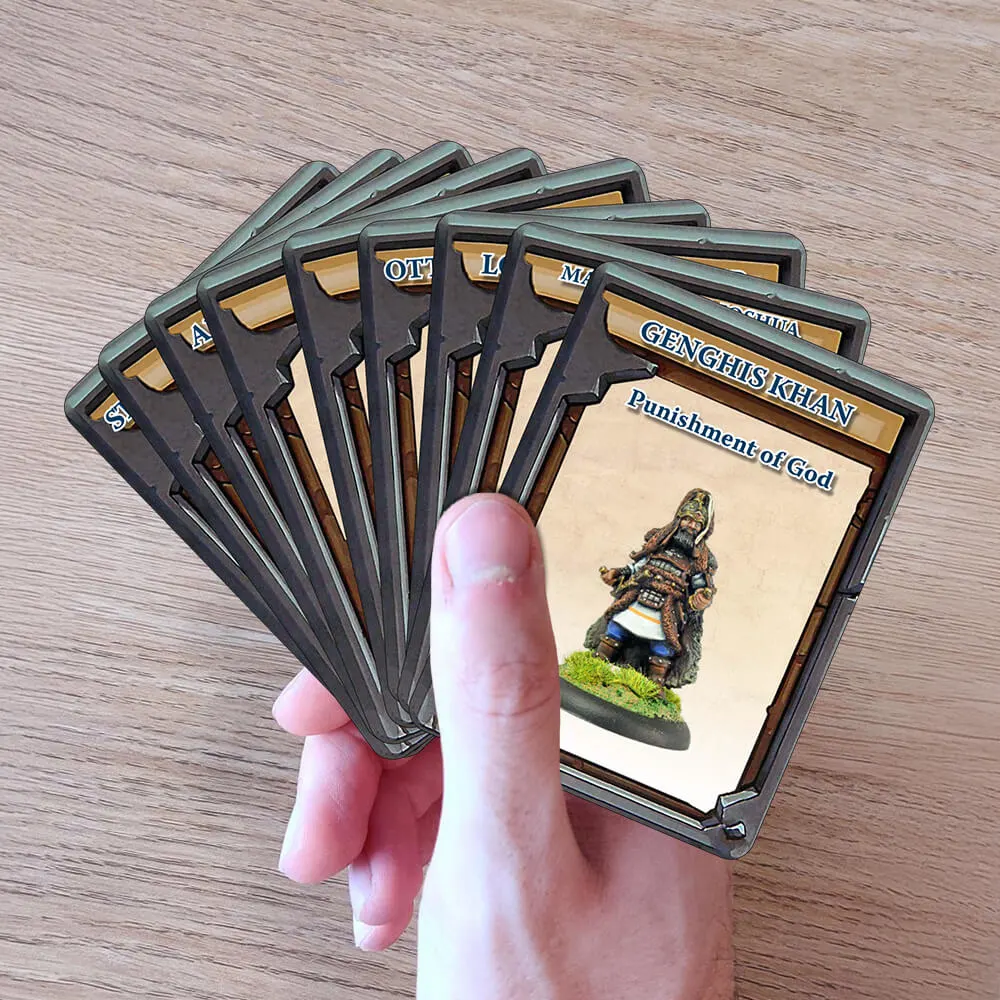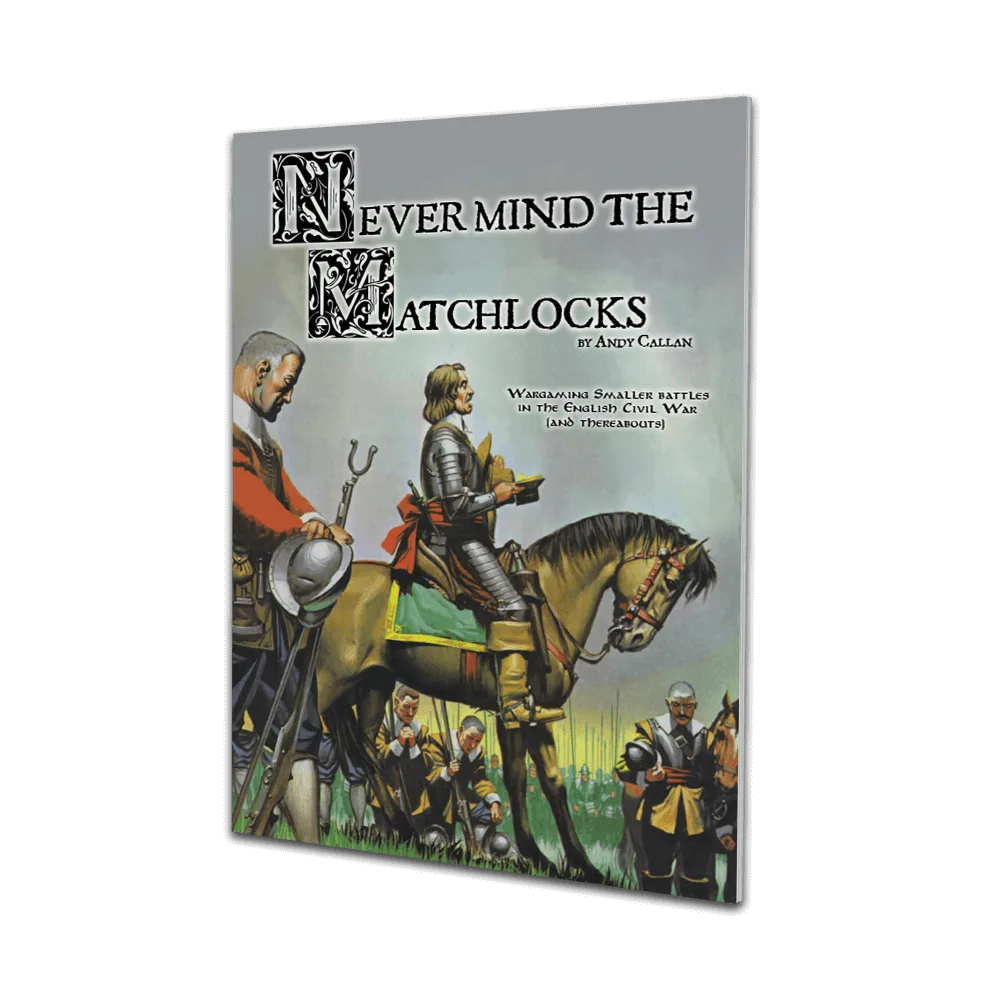Ordering from outside the UK?
We welcome magazine subscriptions and WiPrime membership orders from outside the United Kingdom – please order via our webstore. Digital/PDF products are also available to purchase and download here.
Our other products: Giants in Miniatures, games, physical magazines, and anything else that requires shipping, should be ordered from our distribution partner North Star Military Figures. You will find all Wi products on their website.
Death in the Dark Continent Lite
£6.00
Death in the Dark Continent is a set of rules for small-scale battles set in sub-Saharan Africa in the late 19th century. What you have in your hands is the Lite version of the game – it contains all the necessary rules for playing introductory level DitDC battles, which lack none of the fun and excitement found in the complete game. The full rules exist as a hardback book, published by North Star Military Figures.
For WiPrime Members the PDF version of this product is available in the Vault.
Featured and Discounted Products
Browse the most recent releases in the Wi webstore.


